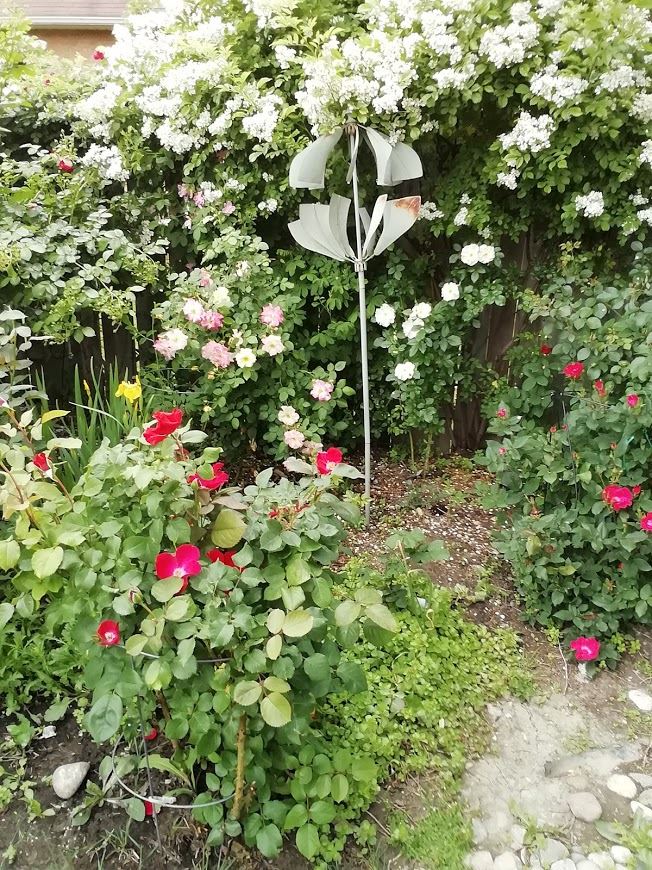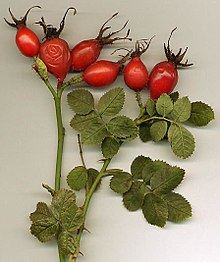Rose flowers are incredibly beautiful to look at and those with fragrances are a bonus to smell. It is why roses are called the queen of flowers.
There are three major growing habits of roses - the early (spring) blooming ones, the summer-blooming ones, and of course ones that rebloom.


To have continuous blooms throughout the season, one must ensure that you are planting varieties that rebloom. It is best to position them in your garden with this recommended layout placing the spring roses at the back and the others in the front for greater effect and visual impact.
I find that roses are easy to care for if one follows these steps:
- Cover the roots with well-rotted compost in the fall or early spring.
- Put collars around the Hybrid Tea Roses for winter protection. I use one- or two-gallon plant pots that I cut to fit over the plant.
- In early March or April, treat the roses with dormant spray to eliminate overwintering bugs. Prune dead branches to open plants for better air circulation.
- As soon as the leaves start to bud, use “Rose Food fertilizer” or sprinkle ¼ to ½ cup of Epsom salts around the roots and water well. Around mid-June do another application of the fertilizer or Epsom sales. Stop fertilizing at the end of July so that plants can preserve energy for winter.
- Meanwhile, continue to deadhead the spent blooms to prevent bugs and to allow plants to use their energy to produce more blossoms rather than seeds.
- Treat with insecticidal soap if aphids are found.
- At the end of the season, trim down very tall plants except climbers to avoid winter damage. Those with hips are good for the birds or you can make tea with them. I use some of the branches with hips in planter urns for my fall outdoor displays.
 Note: A rose hip (aka rosehip) is the round portion of the rose flower just below the petals. Rose hip contains the seeds of the rose plant. Rosehip is also called rose haw and rose hep. It is considered the fruit of the rose plant. It is typically red to orange but depending on the variety of the rose, it can also be dark purple to black. Rose hips begin to form after successful pollination of flowers in spring or early summer and ripen in late summer through autumn. Rose hips are used as herbal medicines and foods as well as for ornamental purposes. Source for note's information and photo of Rose Hips: Wikipedia
Note: A rose hip (aka rosehip) is the round portion of the rose flower just below the petals. Rose hip contains the seeds of the rose plant. Rosehip is also called rose haw and rose hep. It is considered the fruit of the rose plant. It is typically red to orange but depending on the variety of the rose, it can also be dark purple to black. Rose hips begin to form after successful pollination of flowers in spring or early summer and ripen in late summer through autumn. Rose hips are used as herbal medicines and foods as well as for ornamental purposes. Source for note's information and photo of Rose Hips: Wikipedia
Article & rose bush photos by Rahe Richards, a member of the Richmond Hill Garden & Horticultural Society



